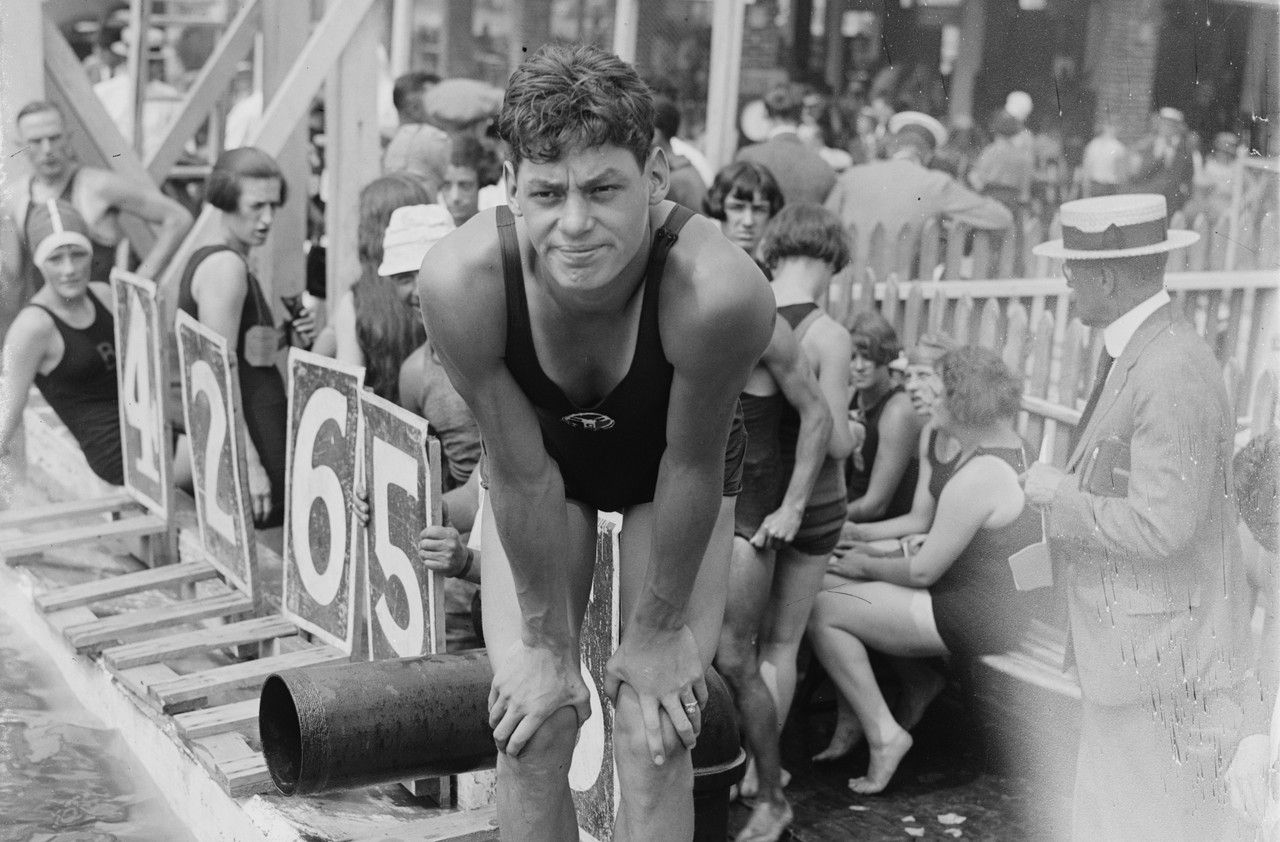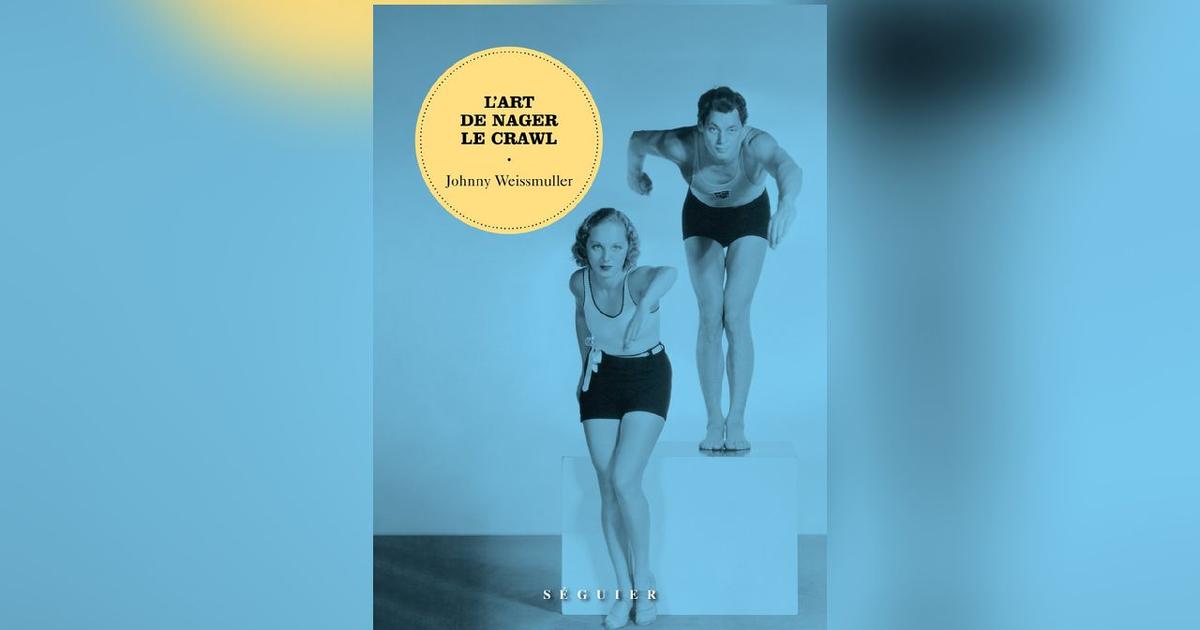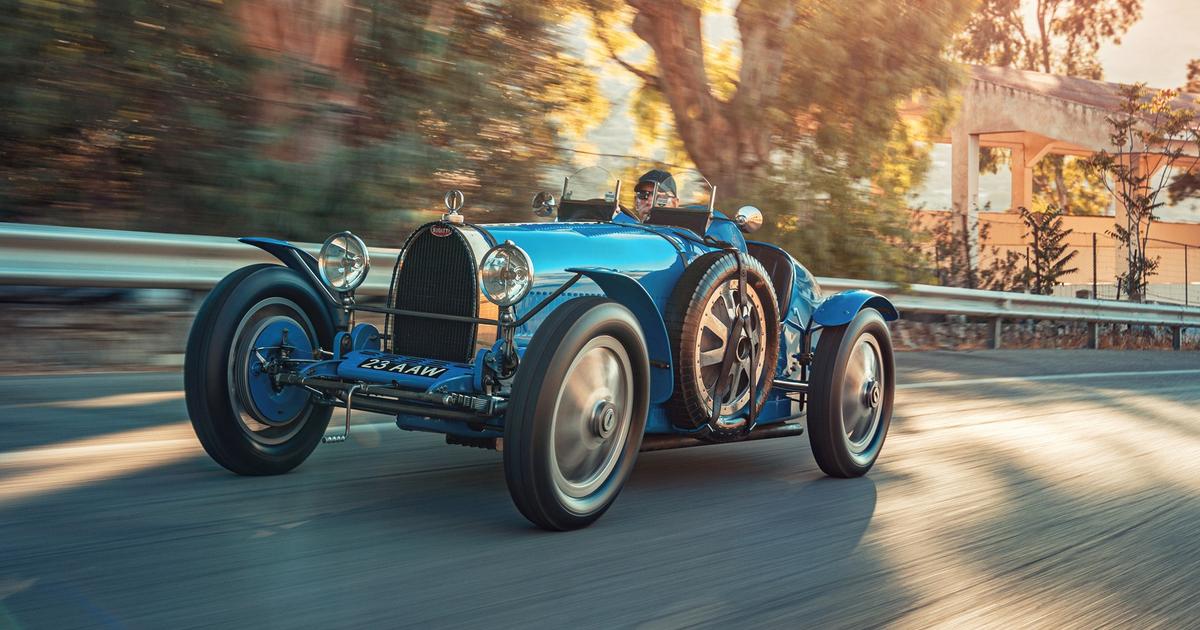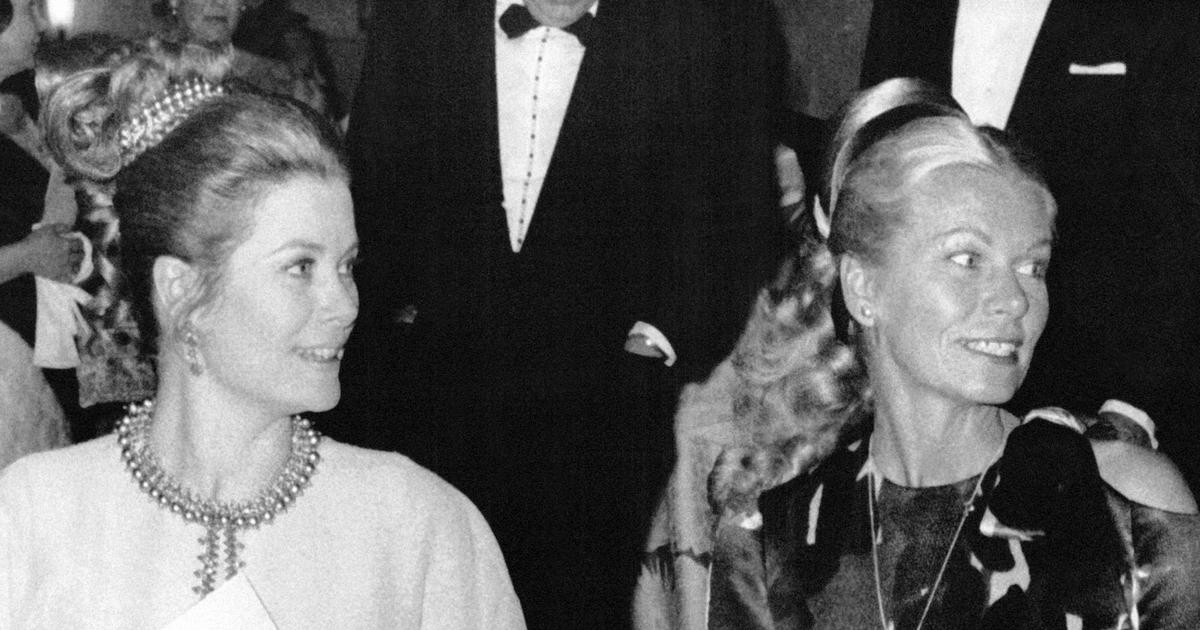The athletic figure, molded in a navy blue jersey with thin straps, approaches the translucent rectangle of water in which she is about to dive. A blazing sun is reflected on the smooth surface, barely disturbed by the red cords fitted with cork stoppers, which materialize the swimming lanes. This July 18, 1924, the American Johnny Weissmuller discovered the Parisian swimming pool of Les Tourelles, now renamed Georges-Vallerey, near the Porte des Lilas. At the time, it almost made him feel like a paddling pool for children. The 50m pool, designed for the Olympic Games, seems ridiculously small compared to the 100m pool previously regulated. A halftone impression, reinforced by its first sensations in heavy water.
But the atmosphere is friendly. In a scorching heat, the 12,000 spectators massed on the concrete stands give voice. Chauvinistic, they first encourage the French, without however ignoring the champions. And, at just 20 years old, Johnny is already panicking all the meters. Chaperoned by William "Big Bill" Bachrach, an American trainer adept at hard work, he does not know defeat. On July 9, 1922, in Alameda (California), he left anonymity by smashing the world record for the 100 m freestyle, becoming the first man to pass under the symbolic bar of the minute (58''6). He even improved this time by more than a second in Miami (Florida), eighteen months later, on February 17, 1924 (57''4). He gave substance to Big Bill's promise, made the day he took under his wing the young groom of the Illinois Athletic Club, then 16 years old: “You will be a slave and you will hate me. But, in the end, you will beat all the records you want. "
Three gold medals and one bronze… in water polo
The sun still darts when, at the end of the day, Johnny Weissmuller takes his place at the edge of the Tourelles basin, bending his knees and bending his back. He is not a favorite in the 400m freestyle, but he intends to win. The start is its strong point. On impulse, he jumps further and above all, stays longer underwater than all his opponents, relegating them from the start to half a length of pool. He must then contain their return, manage his effort ... and the distance is long!
“The ideal position is to have the body extended, the chest forming a keel. It must not roll over water. Breathing on one side or the other must not, in any case, cause an imbalance and create resistance to advancement ”, he will explain in his book“ The Art of swimming the crawl ”, published in 1931. A recipe crowned with success that evening, since he won the first of his three gold medals in Paris, after having already gleaned bronze in the morning with the American water polo team. "This boy devil is the god of swimming," one exclaims in the daily Le Petit Parisien . He is also the hero of the day. We acclaim him. If it were possible, we would wear it in triumph. "
Kid swims to cure polio
The chroniclers of the time were full of praise for the young prodigy who brought swimming into the modern era. And women swoon before his rebellious lock and muscular torso. With his 73 kilos for 1.83 meters, Johnny has nothing of the puny kid of 9 years who, on the advice of his doctor, discovered swimming in Lake Michigan, in the United States, to cure the consequences of polio. Gabriel Hanot, journalist at the "Sports mirror", now describes him as "a tall athletic boy, joyful, nonchalant, lanky, joker in normal conditions of life, but nervous at the time of difficult trials".
Barely recovered from his exploits, Johnny Weissmuller reappears two days later, on July 20, 1924, at the start of the 100 m freestyle. To get started, earlier in the morning, he made the difference on the 4 x 200m relay, offering the United States its second Olympic title in the discipline. But this success would not have the same flavor if, at the start of the evening, it were to fail on the queen distance. His favorite test. In the opinion of all commentators, victory is won before it even takes off. Its main competitors - at the forefront of which Duke Kahanamoku, another American, of Haitian origin - have all already bowed to his talent. Only the chronometer offers a little suspense at the final. Will he break the world record?
His triumph rests on a lie
This hope is showered after 59 seconds, the time achieved by Johnny Weissmuller at the end of the race. If, on arrival, he touches the tiles of the pool with two meters ahead of Duke Kahanamoku, he does not manage to become completely one with the water and must therefore be satisfied with the Olympic record. Whatever. In two days, he was erected as a hero of this Parisian Olympiad and became the darling of the French public. Only swimming drew a larger crowd than the International Olympic Committee (IOC) had anticipated.
As he climbs the podium to hear the American anthem, Johnny feels proud to have worn the colors of his adopted country so high. But he also knows, even if he will always refuse to admit it, that his triumph rests on a lie. Born June 2, 1904 in Freidorf, near the Romanian city of Timisoara, in the former Austro-Hungarian Empire, he was stateless when he presented himself for the Olympic Games. However, at that time - this will be the case until the Olympic Games in Rio, Brazil, in 2016 - the IOC did not recognize this status.
Son of a minor suffering from silicosis - a respiratory disease - who became saloon manager in Chicago (Illinois), he falsified his baptismal certificate in order to compete. Borrowing that of his younger brother Peter, born on American soil in September 1905, he added, in a different ink, the first name John, which himself, was "Americanized". In civil status, his name is Janos Weissmüller. This fraud enabled him to obtain an American passport in May 1924, his sesame for the Games. Discovered years later, the hoax remained without consequence.
Newsletter - The essentials of the news
Every morning, the news seen by Le ParisienI'm registering
Your email address is collected by Le Parisien to allow you to receive our news and commercial offers. Find out more
The aura of the gifted swimmer, who doubled the bet in 1928 at the Olympic Games in Amsterdam (Netherlands), retaining his Olympic titles in relay and over 100 meters, has not weakened. She even opened the doors of the cinema to him in the early 1930s. Left, shy and athletic, he takes on the role of Tarzan, in which he is deeply involved, refusing to be dubbed for stunts. From 1932 to 1948, the man-fish thus became man-ape, meeting the same popular success as at the time when he did his acrobatics in water.
1924: that year, in the news…
Lenin died on January 21. Sick for several months, the father of the Russian revolution died at the age of 53. The first Winter Olympic Games take place in Chamonix (Haute-Savoie), from January 25 to February 5. The international press salutes their good progress. At the London conference in the summer, the victorious countries of the First World War tried to agree on the payments to be made by Germany as compensation.
READ ALSO> 1920s, Roaring Twenties: greatness and decadence of the great fashion designer Paul Poiret, dandy of genius















